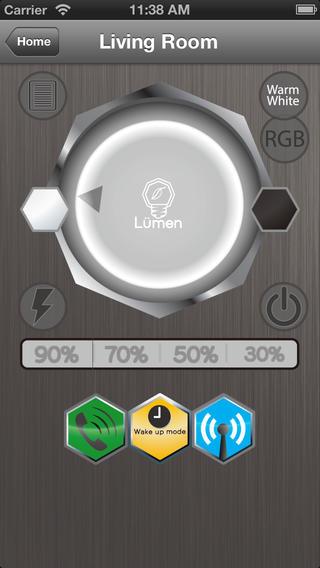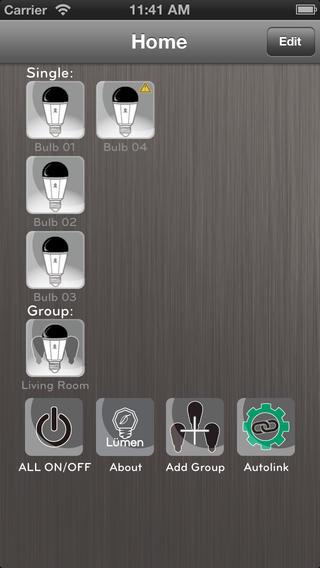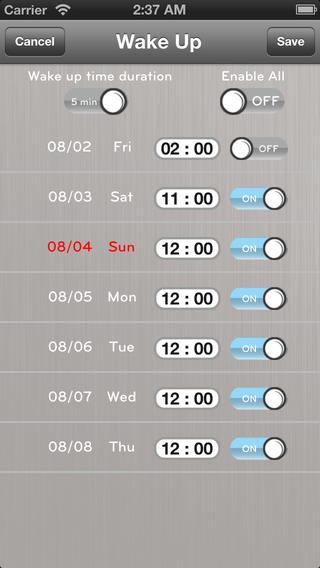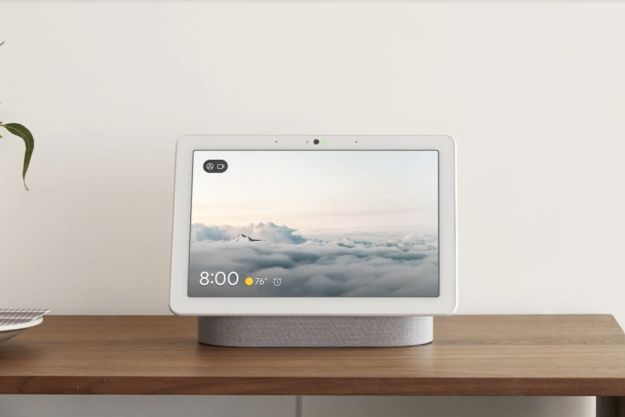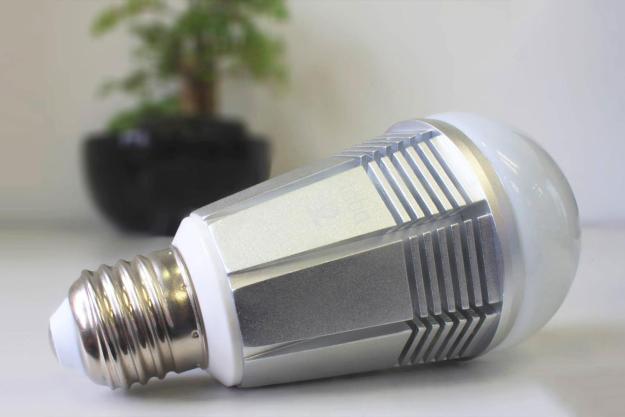
“What this bulb lacks in advanced automation and connectivity options, it easily makes up for with useful functions, dazzling colors, and an affordable price tag.”
- Ultra-simple installation
- Creative preset functions
- Broad color spectrum
- Bluetooth lacks range
- No WiFi or other home automation protocols
- Slightly dimmer than we’d like
Ever since the Philips Hue hit the scene, light-bulb manufacturers across the globe have been scrambling to make their own color-changing LED bulbs. You can find a handful of different models on the market right now, but not all of them are created equal. Some have a broader color spectrum, some use less energy than others, and some have different networking capabilities. Tabu’s $79 Lumen Smart LED bulb, a project that originated on Kickstarter, advertises smart features without the need for traditional home-automation hubs like Zigbee, and fun features like reacting to music in real time or changing color when different people call your phone. We spun one into a socket to see if it delivers.
Setup and features
If there’s one thing Lumen has gong for it, it’s definitely easy setup. You don’t even need a manual — just screw it into your light fixture, download the accompanying app, and you’re off to the races. Unlike Philips’ Hue, there’s no central hub that you need to plug into your router, and no complicated syncing process. The lights are controlled via Bluetooth, so in order to link them to your smartphone or tablet, you just pair the device once.
Once you’re all set up, using it is pretty straightforward. Despite the fact that it’s not all clean, modern, and minimalist like we’ve come to expect from iOS7 apps, the unorthodox interface is still highly intuitive and easy to understand. A large color wheel in the center gives you quick access to the full spectrum of colors, whereas buttons around the outside allow you to switch the lights on and off, or switch from RGB to warm white. A slider positioned near the bottom lets you control brightness, and at the very bottom you’ll find a number of preset functions displayed on hexagonal buttons.
The preset functions are are surprisingly useful, and there are a lot of them. Check the list below for a quick overview. Tabu also adds more of these periodically with app updates, so expect more in the future.
- Party modes one and two will cycle through different colors at random
- Romance mode will slowly cycle around yellow, orange, and reddish hues with occasional flickers, presumably to simulate candlelight
- Relaxation mode is similar to romance mode, but with blues, greens, and purples, which lends itself to more of an underwater vibe
- Call alert mode will blink the lights a certain color if you’ve got a call coming in, which is nice if you’ve got loud music playing
- Music sync mode will use your phone’s microphone to listen to the tunes you’re playing and give a synchronized light show
- Proximity mode measures the strength of the Bluetooth signal and turns the light off when you get out of range, and back on again when you get close
- The wake up mode allows the bulb to turn on slowly at a time you specify in the morning, helping you wake up more naturally
Performance and use
Overall, the Lumen performs valiantly for a bulb in its price range. At 400 lumens, the bulb’s max output is roughly equivalent to a 40W incandescent bulb, but still a bit dimmer than Philips’ Hue, which can pump out around 600 lumens at full brightness. It’s plenty bright enough for most situations, but we’d definitely prefer it to be around 450 or 500. However, when you consider the price, you’re still getting more brightness for your buck.
Lumen also boasts a broader range of colors than Hue. Under the hood, the bulb boasts red, green, and blue LEDs, as well as a warm white one. This allows it to produce far more vibrant greens than the Hue, which doesn’t actually have a dedicated green LED. For this reason, it’s definitely superior as a party light. If you’re looking for more color, go with Lumen.

It may be more colorful, but home automation isn’t Lumen’s strong suit. Lack of Wi-Fi control leads to limited range, and since Lumen also doesn’t support Zigbee, Z-wave, or Insteon, it’s not particularly well suited for home-automation purposes. The bulbs only use Bluetooth, and the mobile app can only be used to control 10 bulbs at a time, so unfortunately Lumen leans a bit more toward the novelty side of lighting than some of its competitors.
Conclusion
If you’re looking for smart bulbs to install as part of an automated home setup, look elsewhere. However if you’re merely looking for a cool bulb that you can install in a lamp and spice up the lighting in your living room from time to time, Lumen is an excellent choice. It might not have the home-automation chops that Hue offers, but the bulbs also offer a wider range of vibrant colors, which makes them much better party lights. Additionally, despite the fact that the MSRP is 79 bucks a pop, you can easily find them on Amazon and other retailers for around $50, so the cost of entry is a bit lower than the Hue, especially since Lumen bulbs don’t require a hub. All things considered, Lumen is definitely a fun little bulb, and we totally recommend it if you’re just looking for a low-cost, easy-to-install smart light.
Highs
- ultra-simple installation
- creative preset functions
- broad color spectrum
Lows
- Bluetooth lacks range
- No WiFi or other home automation protocols
- slightly dimmer than we’d like
Editors' Recommendations
- Yale’s newest smart lock is designed for renters
- The 5 best smart water bottles in 2024
- The best smart light switch for Alexa, Google Home, and HomeKit
- Echo Show 8 vs. Echo Show 10: is the bigger device a better smart display?
- What is IFTTT and how can you use it in your smart home?


